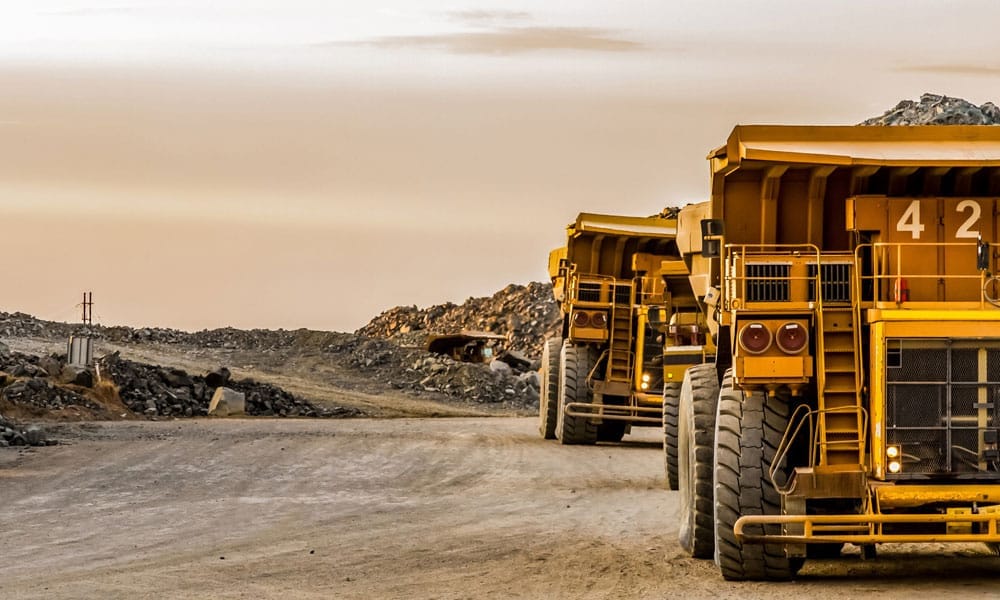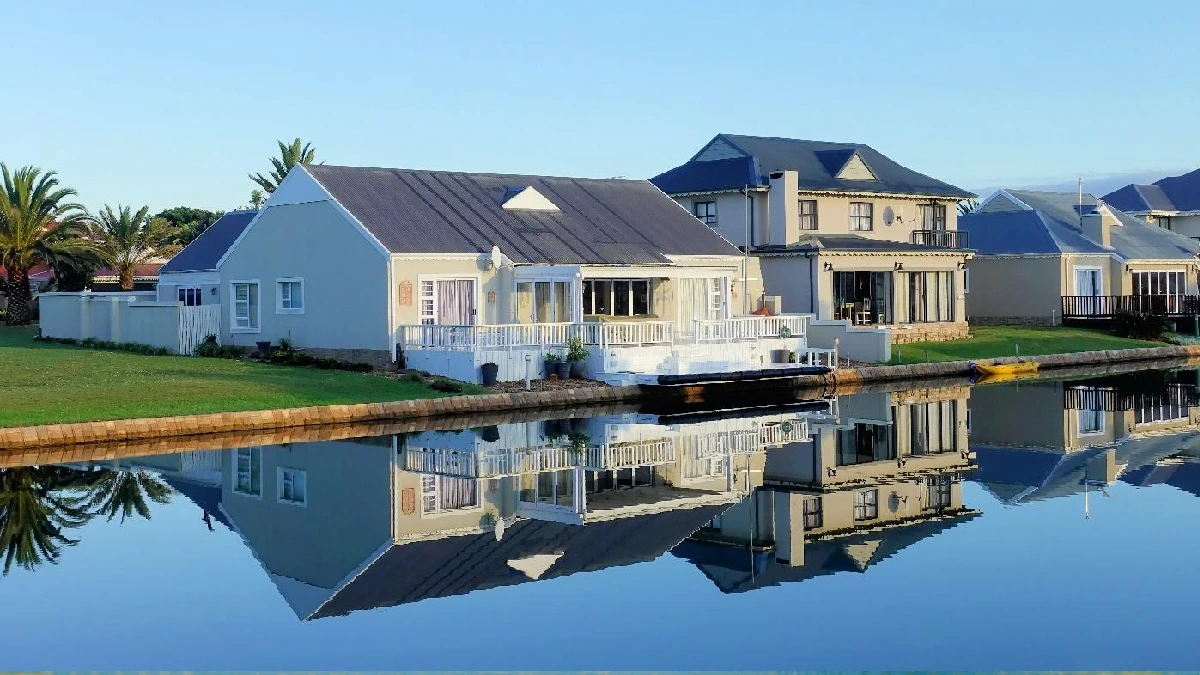Navigating below surfaces and in huge chasms is a special job, and it requires special preparation . Underground as well as in open stations, employees encounter new problems and also a strange atmosphere. Factoring in the selection of dangers at work can be hard, but improving mine safety can be simpler with these security tips.

During testing and expertise, the mining procedure was tweaked to include resources and security. The best methods in mining are somewhat less harmful, more educated and much more effective than previous processes. The subsequent 10 suggestions can increase the protection of your mining .
1. Prioritize Planning
Whether surface or underground jobs, it is essential for miners to come up with comprehensive plans before starting work. Taking the time to figure the ideal approach can assist the process to go more easily and protect the wellbeing of the entire crew.
Assessing the surroundings can notify drilling layout and blasting operations. Careful evaluation of the stone characteristics, anxieties and likely wake can diminish the unknowns and enhance the arrangement of events.
Surveying the field can be simpler with mining technologies since the ideal software can exhibit the many different results for your proposed programs. Consulting digital versions can allow you to explore many different scenarios. You’ll have more confidence going ahead with well-thought-out measures.
2. Keep Rigorous Standards
Exercising routine review and adherence to mining regulations may place high expectations for employees. It’s possible to instill a feeling of obligation and attentiveness in your work site by thoroughly distributing safety rules.
Generating a positive outlook on security standards can make checklists and protocol a requirement in the view of employees instead of an additional step.
Encouraging feedback from employees on areas for improvement could make a much better setting. A culture of security can get everybody supporting the endeavor to procure mining practices.
3. Wear Personal Protective Gear
Labor intensive tasks have particular protective equipment requirements, and mining is not any different.
Sturdy clothes and accessories such as steel-toed footwear are important to keep employees safe. Do not forget to wear your gear before entering toxic zones.
Adequate suits in personal protective gear can make the most of the defence capacities of their equipment, and faulty clothing ought to be replaced promptly and also employees have to take Mining Training.
4. Pay attention to Equipment Upkeep
Unchecked, aging components can go undetected, and drained valves or brakes may result in lack of control. Old or faulty gear can open up risks to some websites, but normal cleaning and repair are able to keep machines in best form.
Good maintenance can increase the lifespan of those tools and heavy machines, posing less threat to miners.
5. Improve Visibility
From vehicles that are onsite to underground jobs, a very clear view of the environment can minimize injuries. Dark pathways and workplaces can place you in jeopardy since it is more likely that you make mistakes with reduced visibility.
Underground lighting can improve visual assessments of a room, which is very important for pre- and – post-blasting procedures. Ensure private lighting apparatus and stationary lamps may withstand all weather conditions. This can provide continuous light sources and maintain mining crews from sudden blackouts.
Enough visibility can prevent crashes for vehicles, also. Working headlights on machines and portable equipment can alert drivers to neighboring employees, preventing dangerous crashes.
6. Take Lifting Precautions
Working in confined spaces may call for unusual placement, and embarrassing stances and movements can cause irreparable harms.
Lifting is a substantial job of miners, but prolonged wear and tear may make lifting much more challenging. Heaving considerable quantities of fat and lifting items can place pressure on the trunk and throat, hampering workflow.
Underground surgeries involve overhead jobs and repeated motions, which may bring muscle fatigue, but repairs such as assistive devices and proper form can restrict strain injuries.
7. Wear Personal Protective GearManage Vibration and Noise Levels
Controlled explosions from quarrying reverberate throughout the ground and emanate loud noises, and potent mining machines also add components of noise and vibration.
Strategic drilling can alleviate the tremors, particularly in methods where buffer holes have been inserted beforehand. Millisecond blasting can postpone the explosions slightly using a string of holes to decrease the high level of noise and vibration.
Suppression supports may choose the sound down to a proper level. Blast mats will absorb the power from the detonation and assist contain powerful emissions of gasoline.
8. Account for Harsh Temperatures
The variety of temperatures which miners spend some time in may impose stresses within the body. Gold, coal and diamond mines can fall to adverse temperatures, whereas heavy mines which are nearer to the planet’s heart can grow to exorbitantly hot problems.
Long work hours in an extreme setting may weaken miners, resulting in heat exhaustion, confusion and nausea. Freezing regions may also impact employees with cold-related illnesses like insufficient inconsistent and coordinated breathing. Such handicaps in team members could help determine the wellbeing of other people if they can not carry out their responsibilities.
Hydration, adequate coverings and regular breaks from such states can decrease the probability of heat or cold stress.
9. Ventilate Harmful Gases
As poisonous vapors naturally happen in mines, employees can inhale these and suffer with poisoning. High levels of certain gases may accumulate, and in some specific instances, they could combust.
Knowing the symptoms of gas poisoning can make it possible for you to grab leakage until it hurts anybody. As an example, overexposure to carbon dioxide can lead to aggravation and breathlessness. Gas detection apparatus bring more reliable monitoring.
Effective ventilation systems may divert the gases and improve air circulation. More air dilutes the gases into an acceptable and breathable percentage for appropriate air quality.
10. Close Down Old Shafts
Shafts which are out of commission nevertheless not shut can eventually cause difficulties. Mines require reinforcement and maintenance to sustain their construction, and without care, the artificial shafts deteriorate.
They could behave unpredictably and fall, affecting adjoining shafts. Gas accumulation may also raise the probability of explosions, and also the existence of methane and toxins may replace oxygen.
Preventing deserted shafts can conserve the framework, along with a dependable sealing method could prevent gas from entering the utilized passages of mine.



